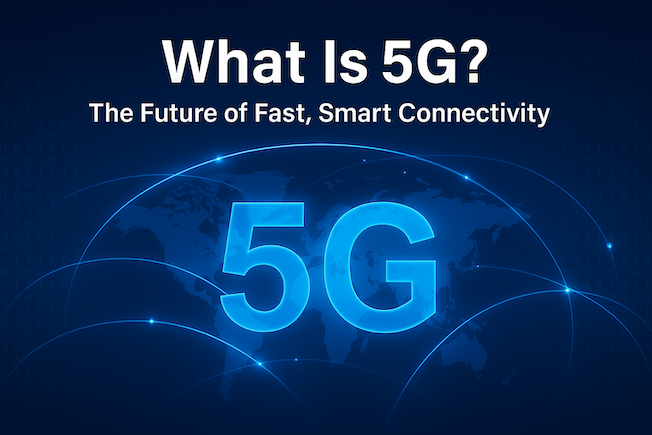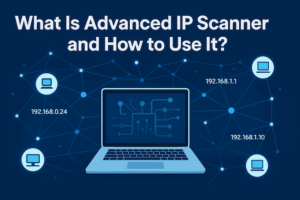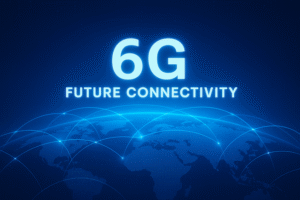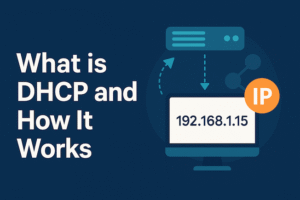Introduction: The Evolution from 1G to 5G
The world of mobile communication has evolved dramatically—from the analog days of 1G in the 1980s to the blazing-fast 5G networks of today. But what exactly is 5G, and why is it such a big deal? In this article, we’ll explore the meaning of 5G, its key features, advantages, real-world applications, and how it’s shaping the future of technology.
What Does 5G Mean?
5G stands for “Fifth Generation” wireless technology. It’s the latest standard for mobile networks, succeeding 4G LTE. Unlike its predecessors, 5G isn’t just about faster download speeds—it’s about enabling a fully connected, intelligent world. According to Qualcomm’s explanation of what 5G is, this new generation provides the foundation for innovations like autonomous vehicles, smart cities, and the Internet of Things (IoT).
Key Features of 5G Technology
- Lightning-Fast Speeds – 5G offers speeds up to 10 Gbps, about 100 times faster than 4G.
- Ultra-Low Latency – Data transmission delay is reduced to as low as 1 millisecond, perfect for real-time applications like remote surgery or gaming.
- Massive Connectivity – 5G can connect millions of devices per square kilometer, supporting the explosion of IoT devices.
- Improved Reliability – Stable and consistent connections, even in crowded areas like stadiums or airports.
- Energy Efficiency – 5G networks are designed to consume less energy per bit of data transmitted.
How Does 5G Work?
5G operates using three frequency bands:
- Low-band spectrum – Wide coverage but moderate speeds.
- Mid-band spectrum – Balance between speed and coverage.
- High-band (mmWave) spectrum – Extremely fast but limited range.
Network providers combine these bands through advanced technologies like beamforming, massive MIMO (Multiple Input Multiple Output), and network slicing to optimize performance for different use cases. For a deeper technical explanation, see IEEE Spectrum’s “Everything You Need to Know About 5G”.
Benefits of 5G for Businesses and Consumers
- Faster downloads and streaming for mobile users.
- Enhanced AR/VR experiences in entertainment and education.
- Smart factories and automated logistics for industries.
- Connected vehicles that communicate with each other to prevent accidents.
- Telemedicine and remote surgeries made possible through low-latency connections.
Is 5G Safe?
Numerous scientific studies have confirmed that 5G technology is safe and complies with international radiation safety standards. The radio frequencies used are non-ionizing, meaning they don’t damage human DNA or tissues.
5G and the Future
The rollout of 5G marks the beginning of a new digital era. It will power technologies like AI, blockchain, smart homes, and autonomous drones. As more countries deploy 5G infrastructure, we’ll see a massive transformation in the way we work, communicate, and live.
Conclusion
5G is more than just an upgrade—it’s a revolution in connectivity. Whether you’re a business owner, tech enthusiast, or everyday user, understanding 5G helps you stay ahead in a rapidly changing digital landscape. The future is fast, smart, and powered by 5G.






